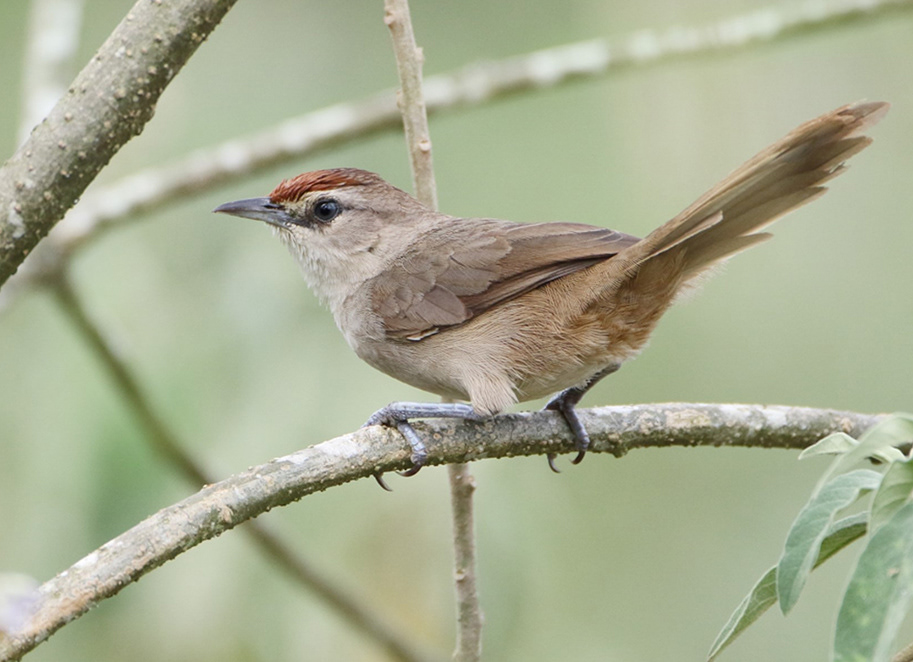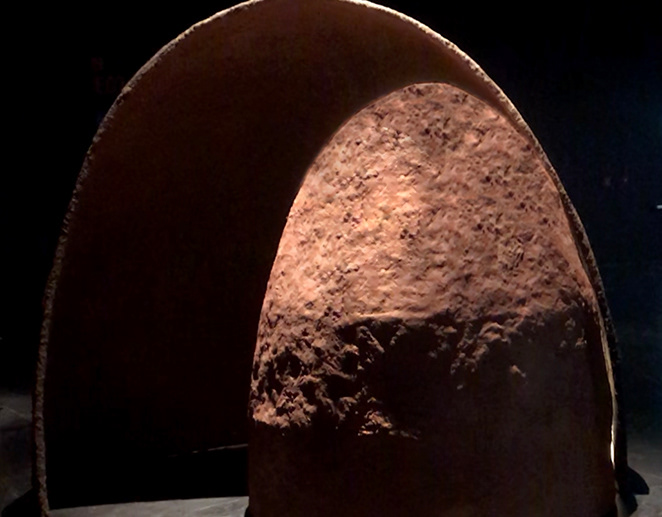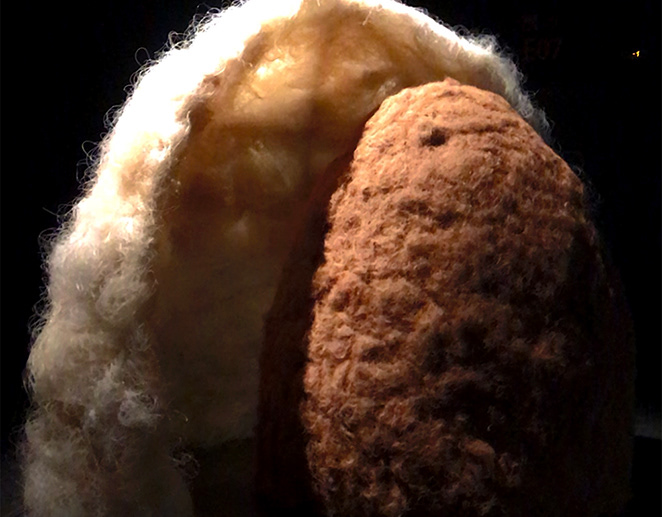Nosso objetivo é conscientizar sobre os limites do nosso planeta. Observando o uso de recursos naturais pelas aves, comparamos seus métodos sustentáveis com o impacto desperdiçador dos seres humanos no meio ambiente.
Nome Científico - Phacellodomus rufifrons (Wied, 1821) | Estado de conservação - Pouco preocupante
Eles constroem ninhos impressionantes com galhos, fazendo jus ao nome. Esses galhos são grandes em comparação ao tamanho das aves. O casal trabalha em harmonia, construindo um lar que serve de refúgio durante todo o ano para eles e seus filhotes, mesmo após eles alçarem voo. Após terminar o primeiro ninho, o casal continua a acrescentar material, construindo outros ninhos em sequência. Isso faz com que o galho de sustentação ceda sob o peso, tornando-se uma característica marcante na paisagem. Em alguns casos, os ninhos podem atingir até 2 metros de comprimento. A câmara de incubação, revestida de penas e fibras macias, tem formato esférico. Esses ninhos geralmente são construídos em árvores isoladas, nas pontas de galhos flexíveis que se curvam sob a carga, às vezes com a participação de todo o grupo. São postos três ovos por ninhada.
Eles constroem ninhos impressionantes com galhos, fazendo jus ao nome. Esses galhos são grandes em comparação ao tamanho das aves. O casal trabalha em harmonia, construindo um lar que serve de refúgio durante todo o ano para eles e seus filhotes, mesmo após eles alçarem voo. Após terminar o primeiro ninho, o casal continua a acrescentar material, construindo outros ninhos em sequência. Isso faz com que o galho de sustentação ceda sob o peso, tornando-se uma característica marcante na paisagem. Em alguns casos, os ninhos podem atingir até 2 metros de comprimento. A câmara de incubação, revestida de penas e fibras macias, tem formato esférico. Esses ninhos geralmente são construídos em árvores isoladas, nas pontas de galhos flexíveis que se curvam sob a carga, às vezes com a participação de todo o grupo. São postos três ovos por ninhada.
We aim to raise awareness of our planet’s limits. Observing birds’ use of natural resources, we compare their sustainable methods with humans’ wasteful impact on the environment.
Scientific Name - Rufous-fronted Thornbird (Wied, 1821) | Conservation status - Not very worrying
They build impressive nests with twigs, true to their name. These twigs are large compared to the bird’s size. The pair works in harmony, constructing a home that serves as a year-round refuge for themselves and their young, even after they’ve taken flight. After finishing the first nest, the couple continues to add material, building more structures in succession. This causes the supporting branch to sag under the weight, becoming a notable feature in the landscape. In some cases, nests can reach 2 meters in length. The nursery chamber, lined with feathers and soft fibers, takes on a spherical shape. These nests are often built in solitary trees, at the ends of flexible branches that bend under the load, sometimes with help from the entire group. Three eggs are laid per brood.
They build impressive nests with twigs, true to their name. These twigs are large compared to the bird’s size. The pair works in harmony, constructing a home that serves as a year-round refuge for themselves and their young, even after they’ve taken flight. After finishing the first nest, the couple continues to add material, building more structures in succession. This causes the supporting branch to sag under the weight, becoming a notable feature in the landscape. In some cases, nests can reach 2 meters in length. The nursery chamber, lined with feathers and soft fibers, takes on a spherical shape. These nests are often built in solitary trees, at the ends of flexible branches that bend under the load, sometimes with help from the entire group. Three eggs are laid per brood.
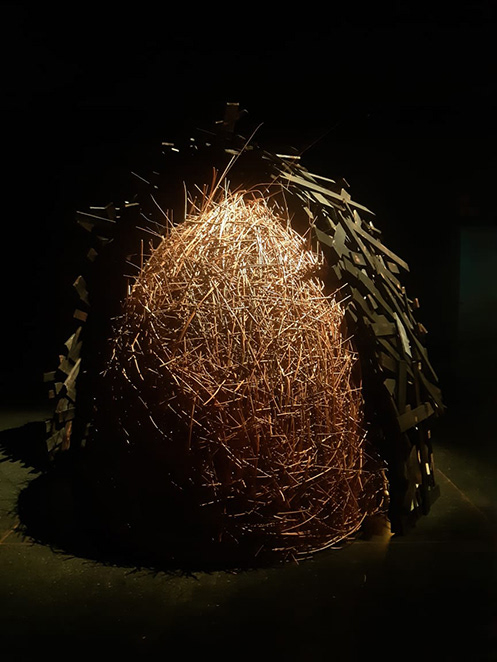
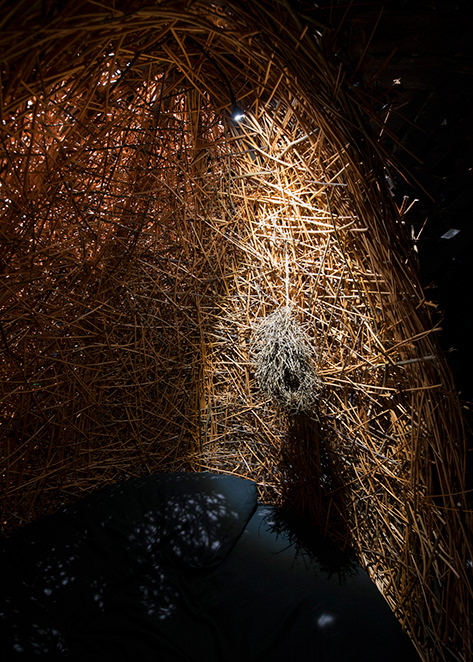
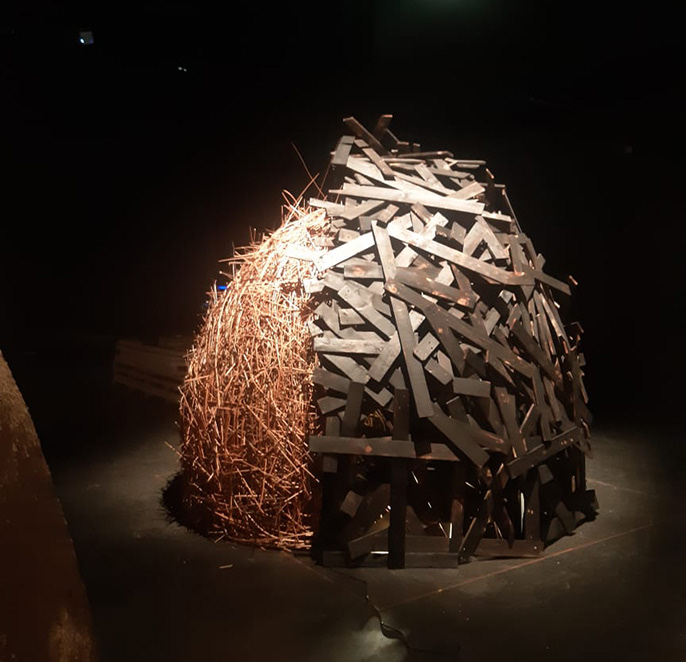
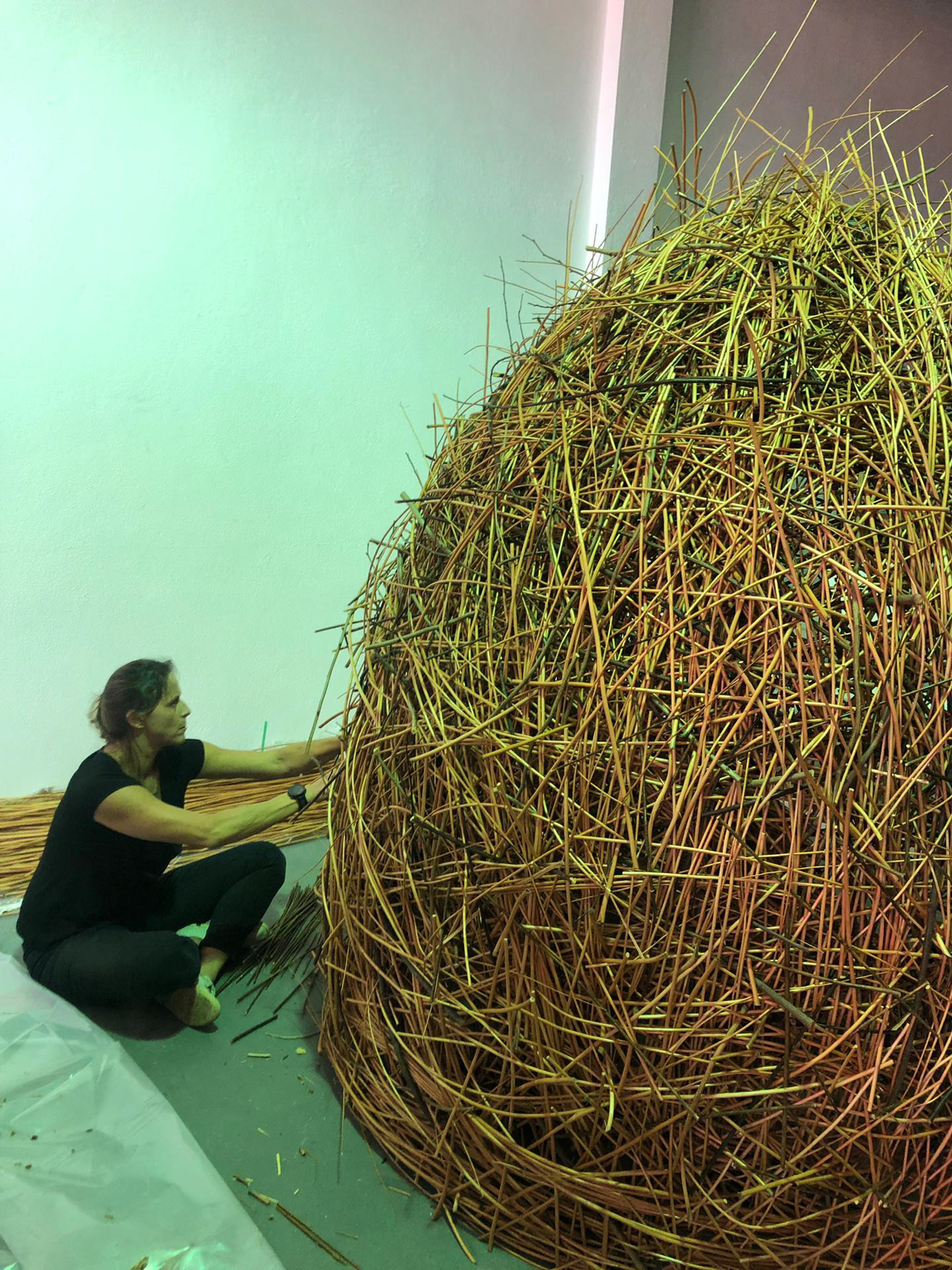

João do Pau's bird nest
